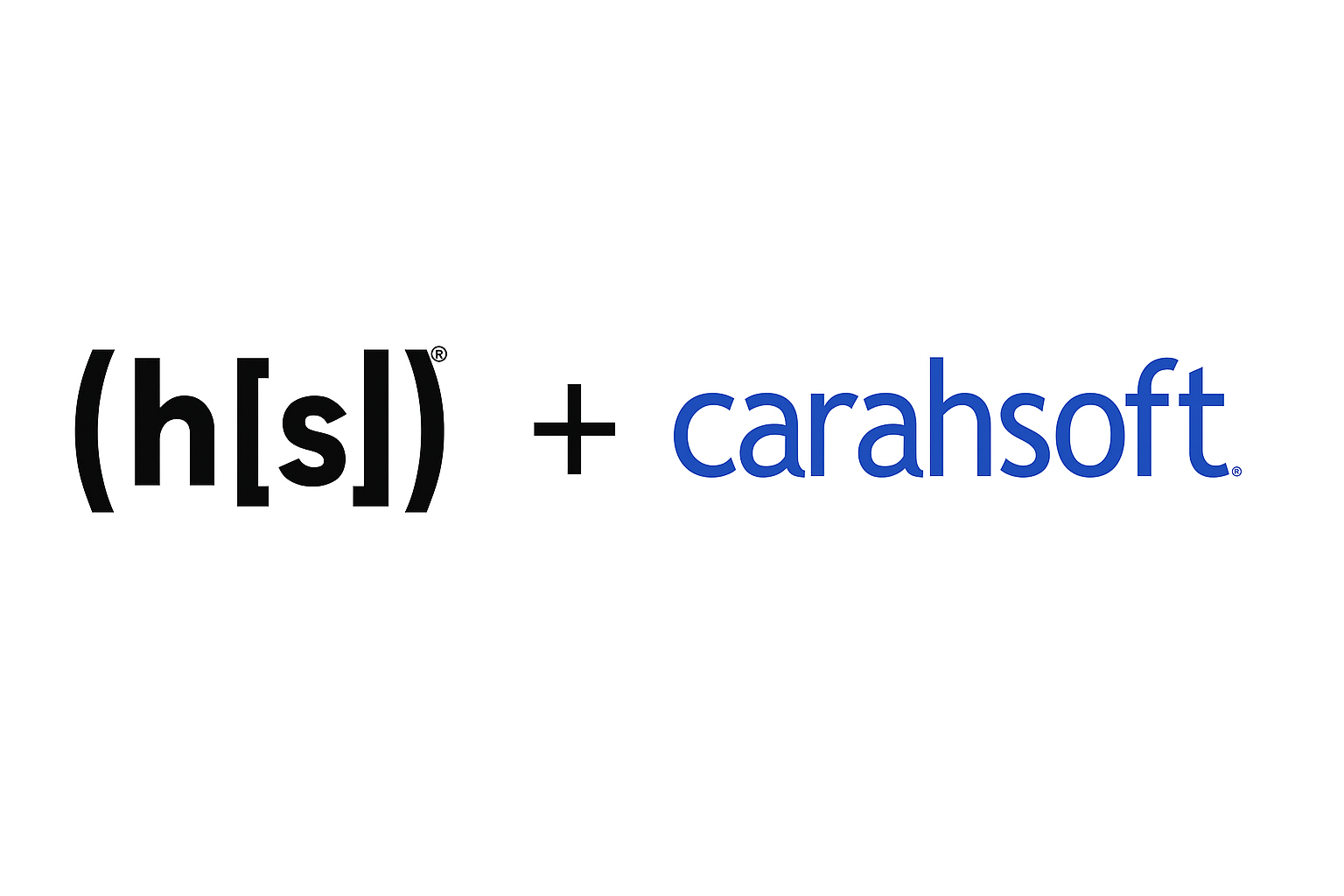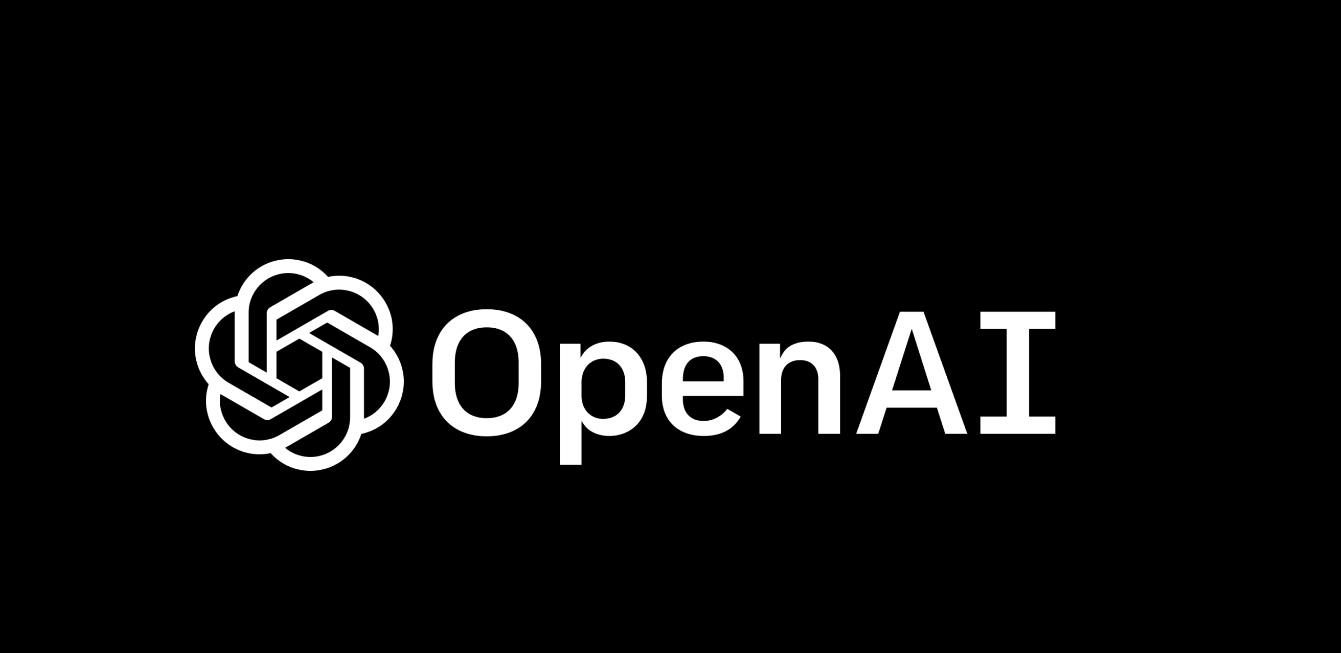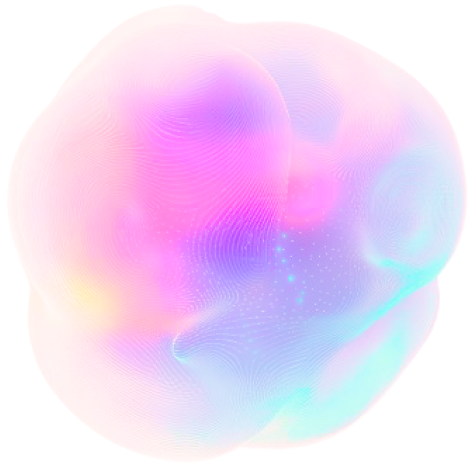“I use computers and artificial intelligence to try to buy some time to coral reefs,” said Dr. Annalisa Bracco to begin her TEDx talk recently. As coral reefs face unprecedented threats from climate change, pollution and overfishing, scientists are turning to cutting-edge technology to understand and protect these vital ecosystems.
Bracco’s work focuses on ecosystem connectivity, a crucial factor in reef resilience. She explained: “Regions that are very well connected can recover much better if stressed.” This connectivity is driven by ocean currents that transport coral larvae and fish fry between different reef systems. However, mapping these connections has traditionally been a challenging and resource-intensive process.
Enter AI. Bracco and her team have developed a revolutionary approach: “We created a machine learning algorithm that ingests satellite data for the past 40 years that have information about the currents and gives us back a network of echo regions and their connectivity.” This innovative use of AI allows researchers to analyze vast amounts of data and identify critical areas for conservation efforts.
The implications of this technology are profound.
“It’s the first time that we can actually do that,” Bracco noted.
Understanding the complex dynamics of connectivity in coral reefs would allow scientists to improve their conservation decisions and to develop highly targeted strategies to protect the most at-risk and valuable reef systems. Probably one of the most amazing outcomes from this AI-powered analysis is what it detected within the Coral Triangle — a biodiversity hotspot in the equatorial Pacific.
Bracco revealed: “What we found is that the change in the currents between El Niños and La Niñas is actually what helps that biodiversity and what helps that connectivity.” This insight underscores the importance of considering long-term climate patterns in conservation planning.
Perhaps most importantly, this technology enables researchers to identify reefs with high recovery potential that might otherwise be overlooked.
“There are a lot of reefs that you would miss if you just consider the thermal stress because they are receiving all those larvae from other places,” said Bracco.
While AI and advanced technologies offer powerful tools for understanding and protecting coral reefs, Bracco stressed that human factors remain crucial. She concluded with a powerful message: “Communication, curiosity, human connectivity are going to be the key to bring Humanity into a more sustainable future.”
Combining cutting-edge AI with human ingenuity and collaboration, we may yet find a way to preserve these irreplaceable marine ecosystems for future generations.
Featured image: Credit: ESA






